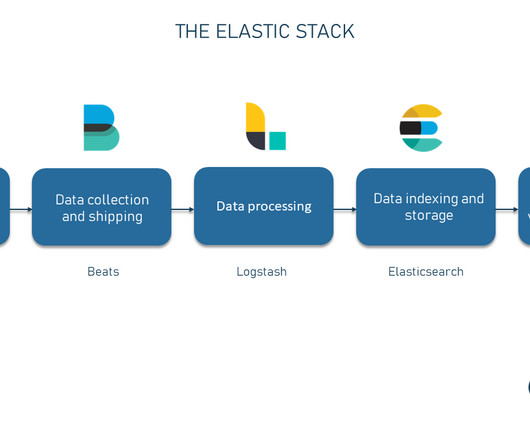Maximizing Cloud Cost Efficiency: 5 Essential Strategies for Cloud FinOps
Perficient
JULY 20, 2023
Elastic Load Balancing: Implementing Elastic Load Balancing services in your cloud architecture ensures that incoming traffic is distributed efficiently across multiple instances. AWS, Azure, Google Cloud) that allow you to commit to using specific resources over a defined period at a discounted rate.














Let's personalize your content